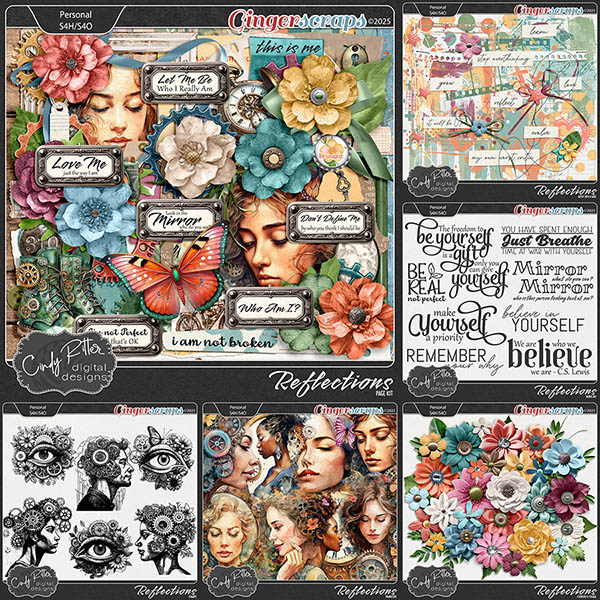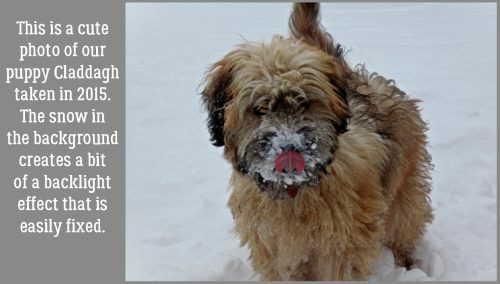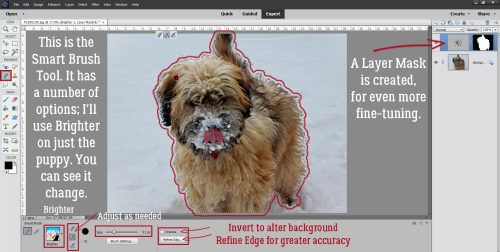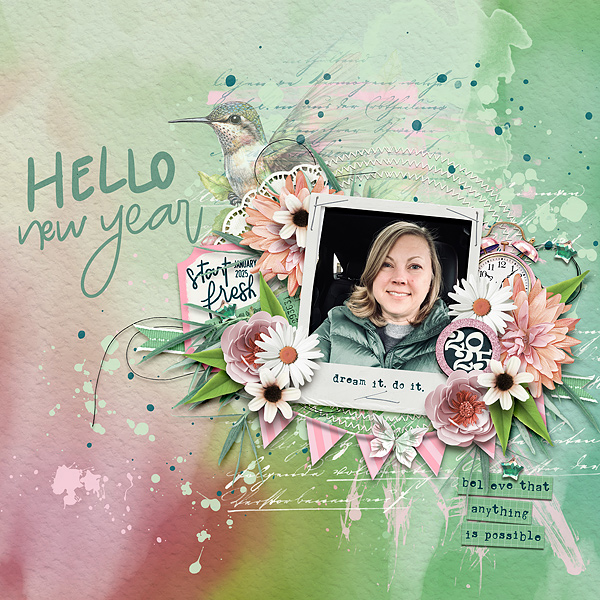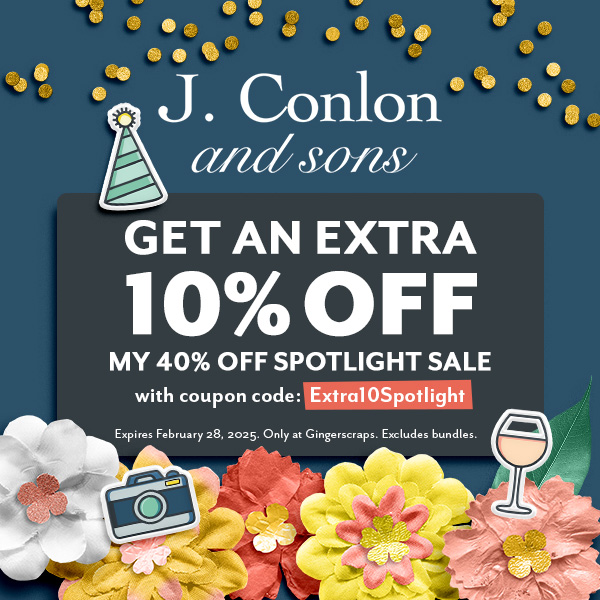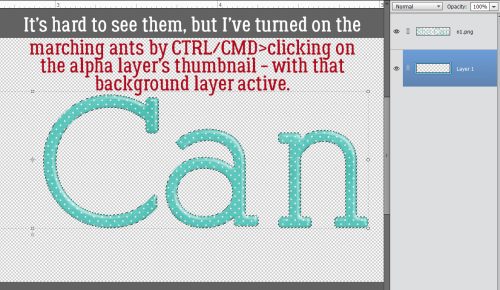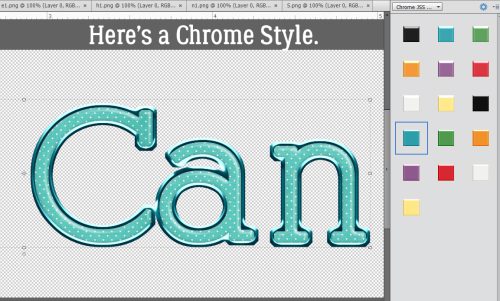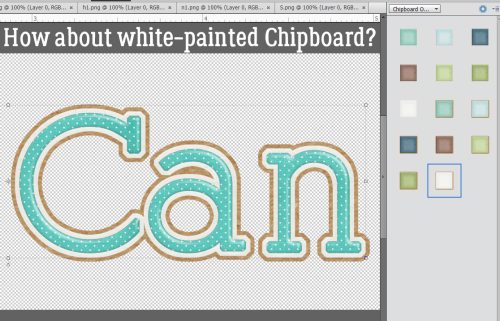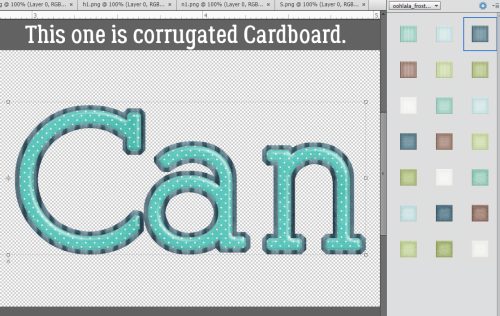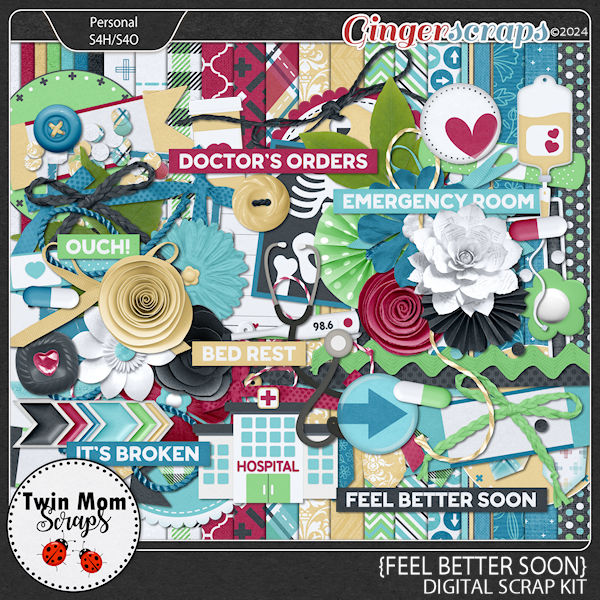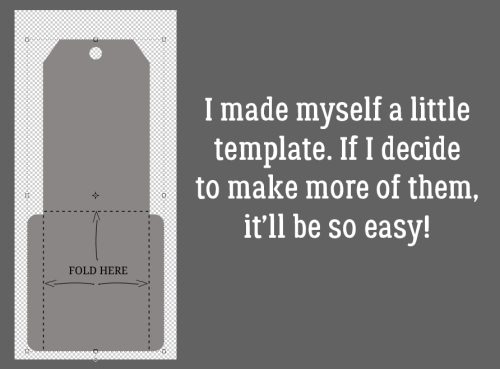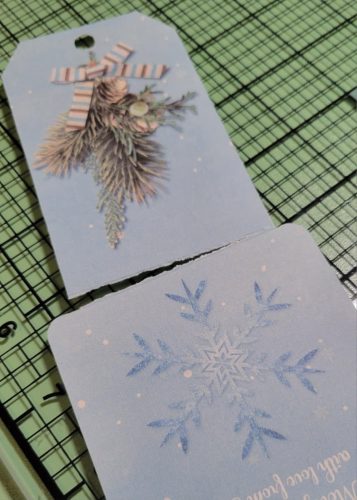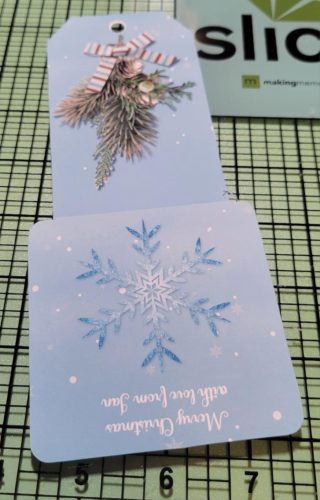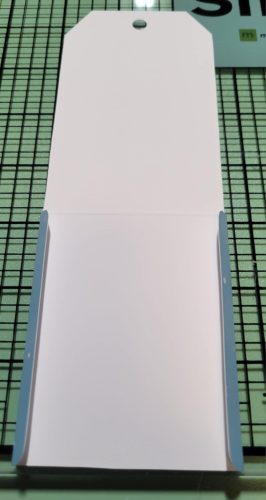New Valentine’s Day Fonts!
![]()
I’ve been under the weather since Sunday and have been supporting a friend whose had her fourth surgery in 3 years just recently, so I opted for a font post for this week. But it won’t disappoint! I did a meander through the Challenge Forum the other day and noticed that the theme for many of this month’s Challenges is “love”. I found some completely free fonts and a few dingbats for you at Dafont.com that dovetail with that theme that will give your layouts a real boost. Each font is hyperlinked for you, just click on the font name (bold, coloured and underlined) to grab them. Let’s check ’em out.
Darling Girl is my favourite of these, I think. It’s elegant, modern and completely legible. The free version is a demo version, so not all of the glyphs are in the zip file. But there are enough to make it worth the download. It’s versatile enough too that it could work for both titles and journaling.

Valentia has ALL the glyphs a girl could want. Its scripty look would be perfect for word art, subtitles or journaling.

Marithe is another really flourish-heavy font. The swashes are very ornamental, and there are lots of them!

I like First Love for titles. It would look great with a slightly beveled, glossy Style, or even with a metallic Style. Of course, the hearts could be Filled with pink or red to add a ton of character to it.

When I saw Enamor, I instantly knew what I’d do with it. I’d fill all those doodles with a chalk style so it looks like a blackboard. It’s an all-caps font, and would be fabulous for titles and word art.

Hello Besty Sans is a bit more of a simple bubble font. It has a folk-art look and is pretty versatile.

Better Spring Script is another variation with lots of swoopy, swashy flourishy upper case characters. There aren’t any lower-case embellies, but it wouldn’t be hard to create them.

I really appreciate multi-purpose fonts like Beauty. All the curly heart glyphs you see here are in the file!

The very imaginatively-named Be My Valentine is another script font with lots of potential. It would make gorgeous sticker-type titles – and you KNOW how much I love that! But it also is suitable for journaling. All the glyphs a girl could want are in the file too.

Now for some dingbats. This one is called Blustina Extras (which implies there’s a Blustina font… I’ll see if that’s true.) There are hearts, swooshes, banners, sparkles and even a butterfly in this collection.

So, the Blustina font is just… meh. You can check it out for yourself and decide if it’s worth the download.
Beloved is a collection of bold, hand-drawn hearts. They can be jazzed up with glitter or a glossy Style or even a wire Style for some very cool elements.

And our last dings are these, called Heart Salad. I don’t know if I’d use the Grey’s Anatomy heart, but the others I definitely would.

If you use any of these on a layout, I’d love to know, so drop a comment so I can get a look!
![]()

